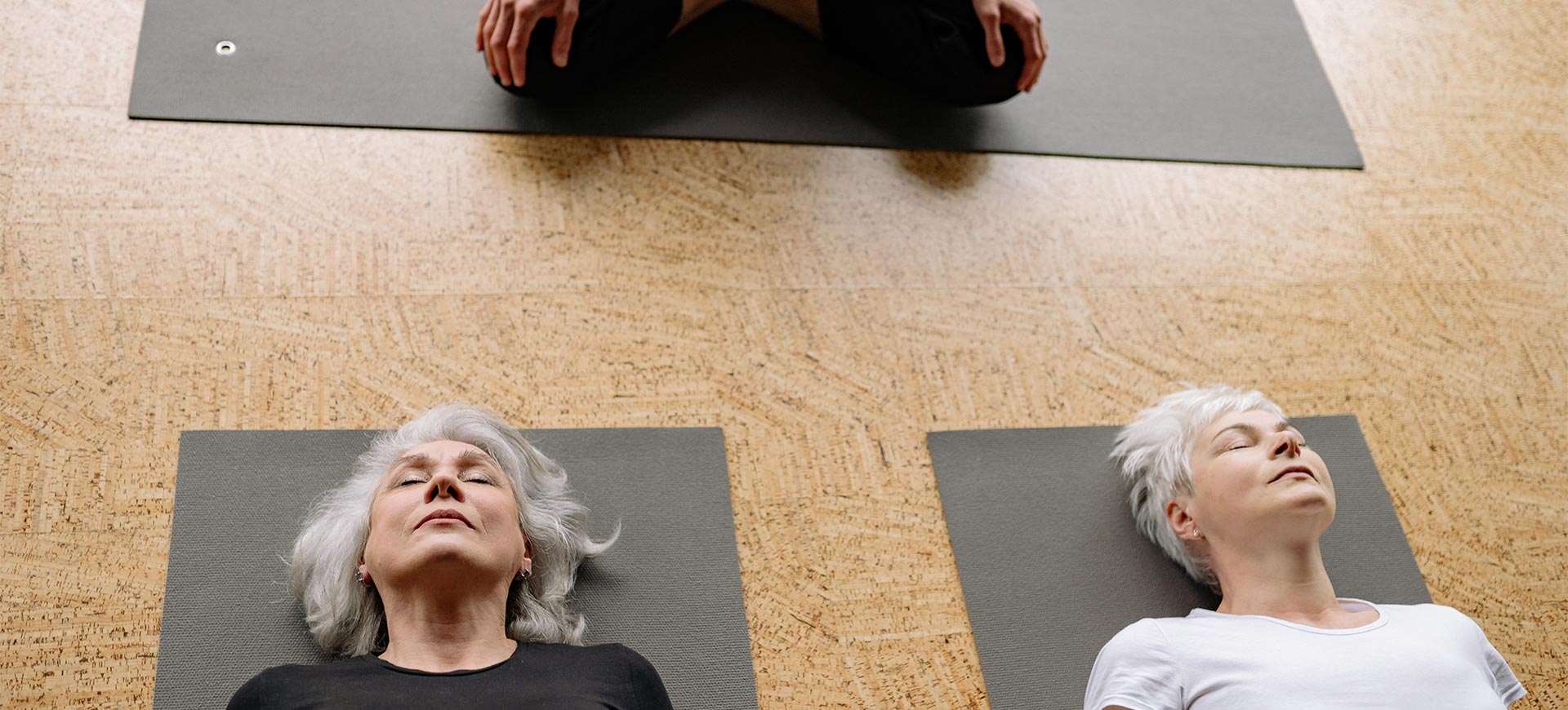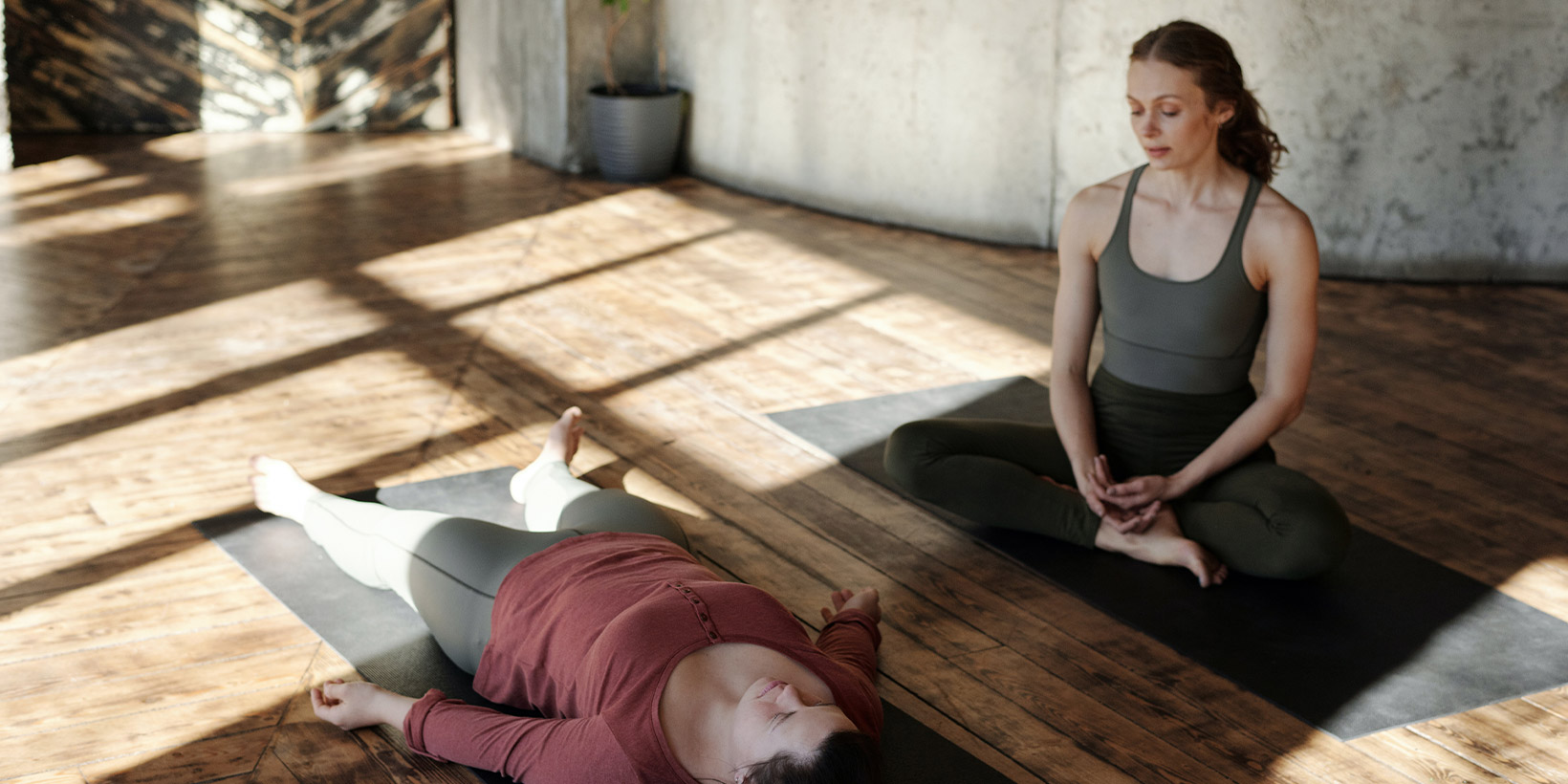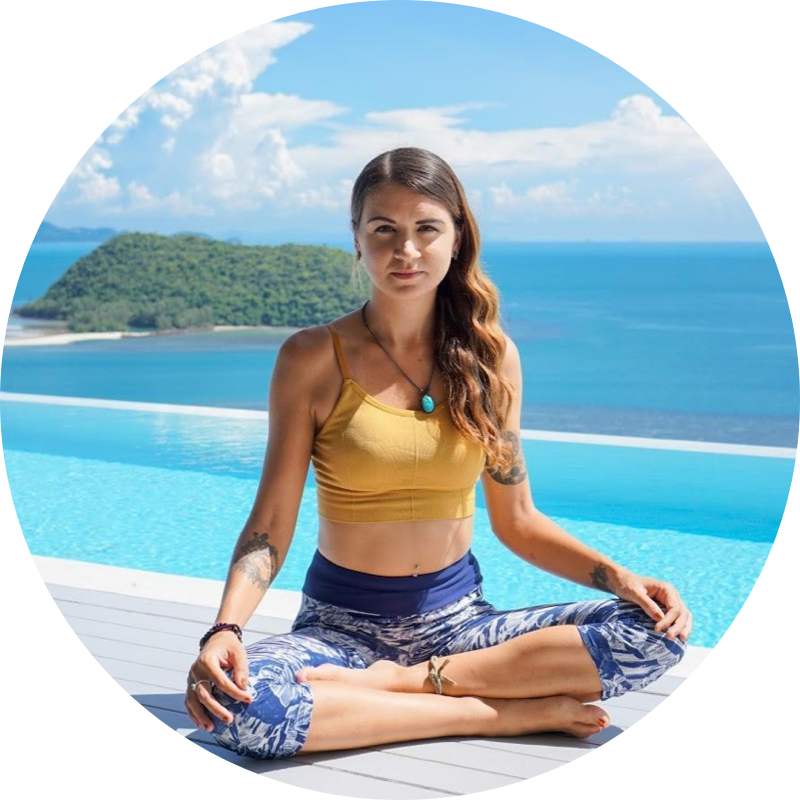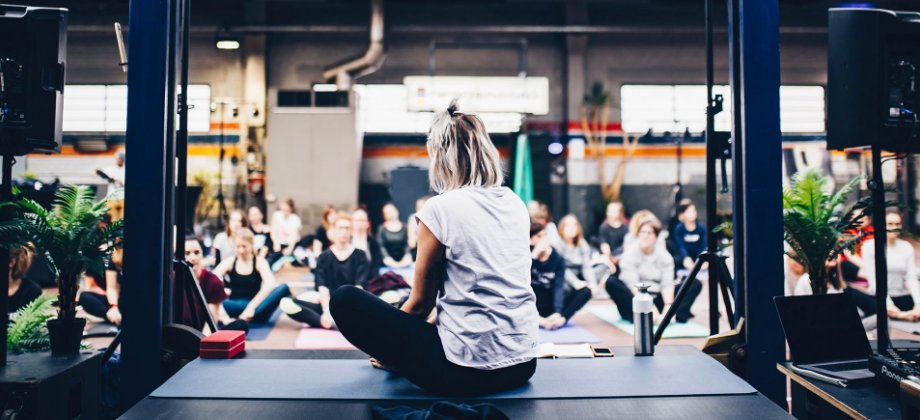
How A Yoga Nidra Training Can Uplevel Your Teaching
As you know, a 200-hour yoga teacher training is just the beginning. You can do tons of short training courses throughout your career to increase your knowledge and skills and teach more profound and transformational classes. One further education course I recommend every yoga teacher to do is Yoga Nidra training.
Yoga Nidra is a powerful guided relaxation practice that takes practitioners into a deep state of consciousness between wakefulness and sleep. Nidra has many proven benefits, such as promoting better sleep and reducing stress and anxiety; thus, it perfectly complements any yoga asana practice. So, let's discuss precisely how learning Yoga Nidra can enrich your classes.
Yoga Nidra is a highly therapeutic practice that works perfectly with yoga asana, boosting the benefits of stress and anxiety reduction that many people come to yoga for.
Benefits of including Yoga Nidra in your classes
It calms the mind and nervous system
Yoga Nidra shares many of the same benefits as yoga asana, breathwork, and meditation. For example, Yoga Nidra is particularly beneficial to individuals suffering from high-stress levels because it helps take you out of 'fight-or-flight mode' and bring your body back into homeostasis.
It is also incredibly relaxing for the mind, as the method requires you to focus on the instructions given and the facilitator's voice. This brings you into the present moment, slowing down mental activity and melting away any stress or anxiety.
Therefore, if you teach yoga to people in high-stress careers, such as teachers or medical professionals, incorporating Yoga Nidra in your yoga classes could maximize the calming and relaxing benefits. Moreover, if you are working with someone recovering from trauma, combining both practices could be more effective in their healing.
It deepens the savasana experience
Unlike most forms of meditation, Yoga Nidra is performed in a savasana (reclined) position, making it the perfect add-on to the end of a class. Most yoga classes in the Western world skimp on Savasana in favor of more asana time.
However, as you know, Savasana is the most crucial part of any yoga practice. There are contrasting opinions on how long savasana should be, but the general consensus is that a one-hour class should have at least 5 minutes of final relaxation. But remember, this is the bare minimum, so doubling this duration will be more beneficial.
You can replace savasana with a Yoga Nidra practice as it is not too different from doing a guided savasana. A complete Nidra practice lasts around 45 minutes, but of course, this is not possible for a 60 or 90-minute asana class. Luckily, you can shorten Yoga Nidra to 15 to 20 minutes without omitting the most essential stages of the method.
Even a 15-minute Yoga Nidra practice will help your yogis reach a deeper state of consciousness than they would in a 5-minute Savasana. Therefore, guiding a short Nidra practice at the end of the class gives your student a more profound final relaxation and promotes a more thorough integration of the asana practice.

It balances out yang styles of yoga
Because Yoga Nidra is a very passive, yin practice, it naturally works well with slow styles of yoga like Yin and Restorative. However, it is just as effective in dynamic or strenuous yoga classes such as vinyasa or power. This is because the yin qualities of Nidra contrast with the Yang asana, bringing much-needed balance to the nervous system.
Including Yoga Nidra in a strong asana class is also one of the best ways to introduce a meditative practice to someone skeptical of meditation. For example, let's say you begin teaching power yoga at a gym that has not previously had yoga on the timetable. Many students coming to the class will be looking for a workout or stretch session.
Obviously, starting the class with a 10-minute meditation may not go well. However, after tiring your students out with a challenging 45 minutes of dynamic and strengthening asana, they will undoubtedly welcome a long relaxation. As they are more receptive to it, they will be able to relax more and hopefully experience a meditative state.
It is accessible to everyone
Lastly, as Yoga Nidra is performed laying down and is a passive practice, anyone can do it, including yogis with injuries or health conditions. So no matter the style of yoga you teach or your student base, incorporating Yoga Nidra is possible and worthwhile. As a result, a Yoga Nidra training course is a valuable investment for every yoga teacher.
What to expect from a Yoga Nidra training
A Yoga Nidra training course may be as short as 20 hours (2 days) or as long as 100 hours (2 weeks). 20 hours is sufficient for learning the basics of the Nidra method, such as the benefits, history, and instruction. A 2-day course will provide you with enough knowledge to teach a full or shortened Yoga Nidra practice in your yoga classes. You'll also get some practice in writing your own script and instructing it to others, which will build your confidence in teaching Nidra.
If you're super interested in Yoga Nidra's effect on the brain, it is worth looking for a 50 or 100-hour Nidra training course. Likewise, more extended training is necessary if you want to understand how the method can be used with particular conditions such as insomnia or post-traumatic stress disorder (PTSD).
On a 50 or 100-hour training program, you'll likely spend more time "practice teaching" so you can use your classmates' feedback to figure out how to create the best Nidra script. But, of course, the additional practice will help you develop your confidence further, too. So if you think you would like to lead full-length Yoga Nidra sessions, opt for a longer, more comprehensive teacher training course.
Final thoughts
Yoga Nidra is a highly therapeutic practice that works perfectly with yoga asana, boosting the benefits of stress and anxiety reduction that many people come to yoga for. Furthermore, as Yoga Nidra can serve as a "long savasana," you can include it in any class you teach, regardless of the style. Therefore, if you're looking to progress in your yoga career and take a further education course, consider learning how to instruct Yoga Nidra.






